Accelerated Learning Techniques for Students: Strategies, Benefits, and New Ideas

Looking to enhance the learning experience for students? Discover the power of accelerated learning techniques for students with VietprEducation. In this article, we will explore effective strategies, benefits, and new ideas to help students maximize their learning potential. From multisensory learning and demonstration of mastery to personalization, differentiation, and chunking, we will delve into various techniques that promote efficient learning. Additionally, we will explore innovative approaches such as gamification, collaborative learning, and technology integration to create engaging and interactive learning environments. Let’s dive into the world of accelerated learning techniques for students!
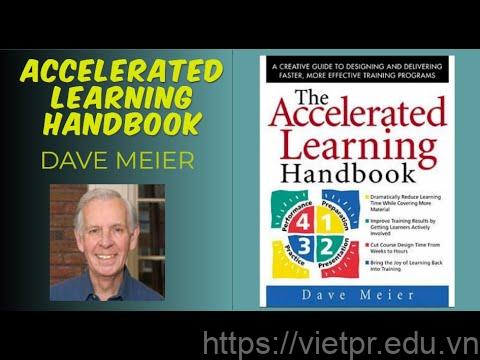
| Key Takeaways: |
|---|
| Accelerated learning techniques involve multisensory learning, demonstration of mastery, personalization, differentiation, chunking, repetition, and metacognition. |
| Implementing strategies such as finding out what students still need to learn, using initial assessments, cutting out unnecessary lessons, frequent feedback, and collaboration can enhance accelerated learning. |
| Accelerated learning benefits students by improving their ability to recall, utilize, and critically evaluate what they are learning. |
| New ideas for accelerated learning include gamification, collaborative learning, and technology integration using virtual reality, augmented reality, and artificial intelligence. |
Understanding Accelerated Learning Techniques for Students
Accelerated learning techniques are designed to help students optimize their learning process and achieve better results in a shorter period of time. By employing various strategies and approaches, students can enhance their ability to absorb, retain, and apply knowledge effectively. Let’s explore some key aspects of accelerated learning techniques:
The Accelerated Learning Cycle
The accelerated learning cycle consists of several phases that guide students through the learning process. These phases include:
- Preparation: Setting goals, organizing study materials, and creating a conducive learning environment.
- Connection: Making connections between new information and existing knowledge to facilitate understanding.
- Engagement: Actively participating in the learning process through activities, discussions, and hands-on experiences.
- Reflection: Taking time to reflect on what has been learned, identifying areas of improvement, and making connections to real-life situations.
- Application: Applying the acquired knowledge in practical scenarios to reinforce learning and develop mastery.
Multisensory Learning
One important aspect of accelerated learning is the incorporation of multisensory techniques. This approach involves engaging multiple senses such as sight, hearing, touch, and even movement to enhance learning. By appealing to different sensory modalities, students can improve their understanding and retention of information. Examples of multisensory learning techniques include:
| Technique | Description |
|---|---|
| Visualization | Creating mental images to aid in understanding and recall. |
| Role-playing | Acting out scenarios to experience concepts in a practical way. |
| Hands-on activities | Engaging in tactile experiences to reinforce learning. |
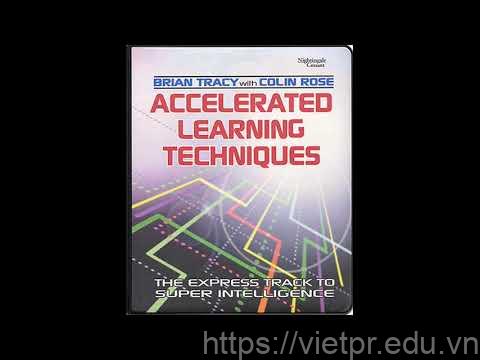
Key Strategies for Implementing Accelerated Learning
Implementing effective strategies is crucial for successful accelerated learning. Here are some key strategies that can help students make the most of their learning experience:
Assessing Students’ Learning Needs
Before diving into the learning process, it is essential to assess students’ current knowledge and identify areas where they need further development. This can be done through initial assessments, diagnostic tests, or informal discussions. By understanding the specific learning needs of each student, educators can tailor their instruction accordingly.
Providing Differentiated Instruction
Differentiation involves adapting teaching methods and materials to suit the individual needs and abilities of students. This can include providing additional support or challenges, offering alternative resources, or varying the pace and depth of instruction. By catering to diverse learning styles and abilities, educators can ensure that all students are engaged and can progress at their own pace.
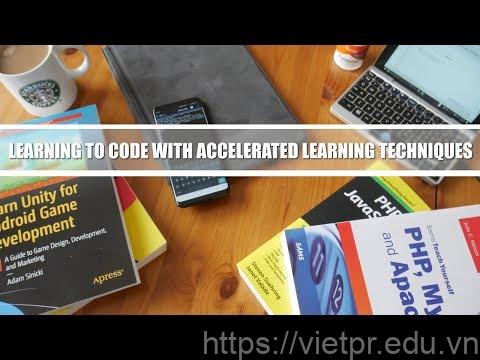
The Benefits of Accelerated Learning Techniques for Students
Implementing accelerated learning techniques can bring numerous benefits to students, enhancing their overall learning experience and academic performance. Let’s explore some of the key advantages:
Improved Retention and Recall
By utilizing strategies such as multisensory learning, repetition, and metacognition, students can improve their ability to retain and recall information. These techniques help to strengthen neural connections and reinforce learning, making it easier for students to retrieve knowledge when needed.
Enhanced Critical Thinking Skills
Accelerated learning techniques encourage students to engage in active learning, reflection, and application of knowledge. This fosters the development of critical thinking skills, enabling students to analyze information, make connections, and think creatively. By honing these skills, students become better equipped to solve problems, make informed decisions, and approach learning with a deeper level of understanding.
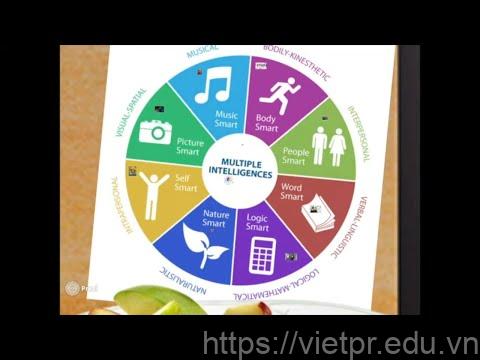
Multisensory Learning and Demonstration of Mastery
Multisensory learning and demonstration of mastery are two key elements of accelerated learning techniques that contribute to effective knowledge acquisition and retention. Let’s explore these concepts in more detail:
Engaging Multiple Senses for Enhanced Learning
When students engage multiple senses during the learning process, it strengthens their connections to the material and enhances their understanding. Here are some examples of multisensory learning techniques:
- Visualization: Encouraging students to create mental images or diagrams to represent concepts.
- Role-playing: Allowing students to act out scenarios or play different roles to experience concepts in a practical way.
- Hands-on activities: Providing opportunities for students to engage in tactile experiences that reinforce learning, such as experiments or interactive projects.
Demonstrating Mastery for Deeper Understanding
Demonstrating mastery is an essential component of accelerated learning. It involves going beyond rote memorization and encouraging students to apply their knowledge in meaningful ways. Here are some strategies to facilitate the demonstration of mastery:
| Technique | Description |
|---|---|
| Project-based assessments | Assigning projects that require students to apply their knowledge to real-world scenarios and demonstrate their understanding. |
| Teaching others | Encouraging students to explain concepts to their peers, which reinforces their understanding and helps identify areas that need further clarification. |
| Self-assessment and reflection | Providing opportunities for students to reflect on their learning journey, assess their progress, and set goals for improvement. |
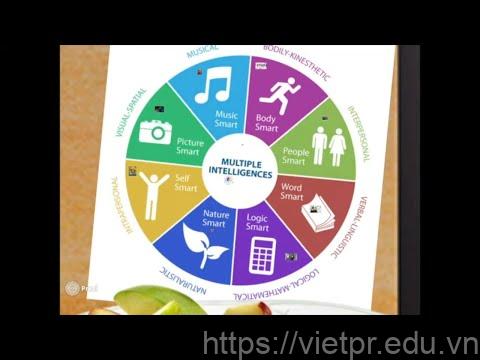
Personalization, Differentiation, and Chunking
Personalization, differentiation, and chunking are key strategies that can optimize the learning experience for students. Let’s explore these strategies in more detail:
Personalization: Tailoring Education to Individual Needs
Personalization involves adapting teaching methods and materials to meet the unique needs and preferences of each student. Here are some ways to implement personalization:
- Individualized learning plans: Creating customized learning plans that address each student’s strengths, weaknesses, and learning goals.
- Flexible pacing: Allowing students to progress at their own pace, providing additional support or challenges as needed.
- Choice-based assignments: Offering students options to choose topics or projects that align with their interests and learning styles.
Differentiation: Adapting Instruction for Diverse Learners
Differentiation involves modifying instruction to accommodate the diverse needs and abilities of students. Here are some strategies for differentiation:
| Strategy | Description |
|---|---|
| Varied instructional materials | Providing different resources (e.g., texts, videos, interactive tools) to cater to different learning preferences. |
| Flexible grouping | Arranging students in small groups based on their abilities or interests to facilitate collaborative learning. |
| Alternative assessments | Offering different ways for students to demonstrate their understanding, such as presentations, projects, or portfolios. |
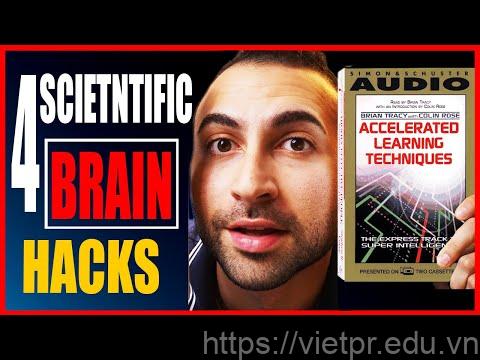
Repetition and Metacognition: Enhancing Learning Efficiency
Repetition and metacognition are powerful techniques that can enhance learning efficiency and promote deeper understanding. Let’s explore these techniques further:
Repetition: Reinforcing Learning Through Practice
Repetition involves revisiting information multiple times to reinforce learning and improve retention. Here are some strategies to incorporate repetition:
- Review sessions: Schedule regular review sessions where students revisit previously covered material.
- Flashcards: Use flashcards to quiz students on key concepts, vocabulary, or formulas.
- Practice exercises: Provide ample opportunities for students to apply what they’ve learned through practice exercises or problem-solving tasks.
Metacognition: Developing Self-Reflection and Learning Strategies
Metacognition refers to the ability to think about one’s own thinking and learning process. It involves being aware of one’s strengths and weaknesses, setting goals, and employing effective learning strategies. Here are some ways to foster metacognition:
| Technique | Description |
|---|---|
| Self-assessment | Encourage students to reflect on their learning progress, identify areas for improvement, and set goals. |
| Learning journals | Have students maintain a journal where they can document their thoughts, questions, and reflections on their learning experiences. |
| Teaching learning strategies | Explicitly teach students various learning strategies, such as note-taking, summarizing, and self-questioning. |
New Ideas for Accelerated Learning: Gamification, Collaborative Learning, and Technology Integration
Exploring new ideas and innovative approaches can further enhance accelerated learning techniques. Let’s delve into some exciting strategies:
Gamification: Making Learning Fun and Engaging
Gamification involves incorporating game elements into the learning process to increase motivation and engagement. Here are some examples of gamification techniques:
- Leaderboards: Introducing friendly competition by displaying students’ progress on a leaderboard.
- Badges and rewards: Recognizing students’ achievements with badges or rewards to incentivize learning.
- Game-based learning: Utilizing educational games that combine entertainment and learning to make the process enjoyable.
Collaborative Learning: Fostering Teamwork and Communication
Collaborative learning encourages students to work together on projects and assignments, promoting teamwork and communication skills. Here are some collaborative learning strategies:
| Strategy | Description |
|---|---|
| Group projects | Assigning tasks that require students to collaborate, share ideas, and solve problems together. |
| Peer teaching | Encouraging students to take turns teaching a concept or skill to their peers, reinforcing their own understanding and supporting others’ learning. |
| Online discussion forums | Creating virtual spaces where students can engage in discussions, share resources, and provide feedback to one another. |
Technology Integration: Harnessing the Power of Innovation
Integrating technology tools into the learning process can open up new possibilities for accelerated learning. Here are some examples of technology integration:
- Virtual reality (VR): Using VR simulations to provide immersive and interactive learning experiences.
- Augmented reality (AR): Overlapping digital content onto the real world, allowing students to explore and interact with virtual objects.
- Artificial intelligence (AI): Utilizing AI-powered tools to personalize learning, provide adaptive feedback, and offer intelligent tutoring.
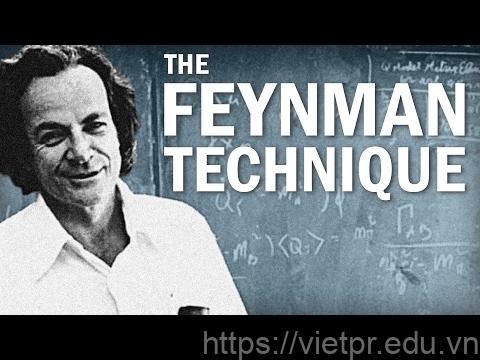
Conclusion
Accelerated learning techniques offer valuable strategies and approaches to optimize the learning experience for students. By incorporating techniques such as multisensory learning, demonstration of mastery, personalization, differentiation, chunking, repetition, and metacognition, students can enhance their ability to absorb, retain, and apply knowledge effectively. These techniques promote deeper understanding, critical thinking skills, and improved retention and recall.
In addition to these established techniques, new ideas such as gamification, collaborative learning, and technology integration provide exciting opportunities to further enhance accelerated learning. By making learning fun and engaging through gamification, fostering teamwork and communication through collaborative learning, and harnessing the power of technology tools like virtual reality, augmented reality, and artificial intelligence, educators can create immersive and interactive learning experiences that cater to diverse student needs.
By implementing these accelerated learning techniques and embracing innovative approaches, educators can empower students to become active learners who are better equipped to succeed in their academic pursuits and beyond.